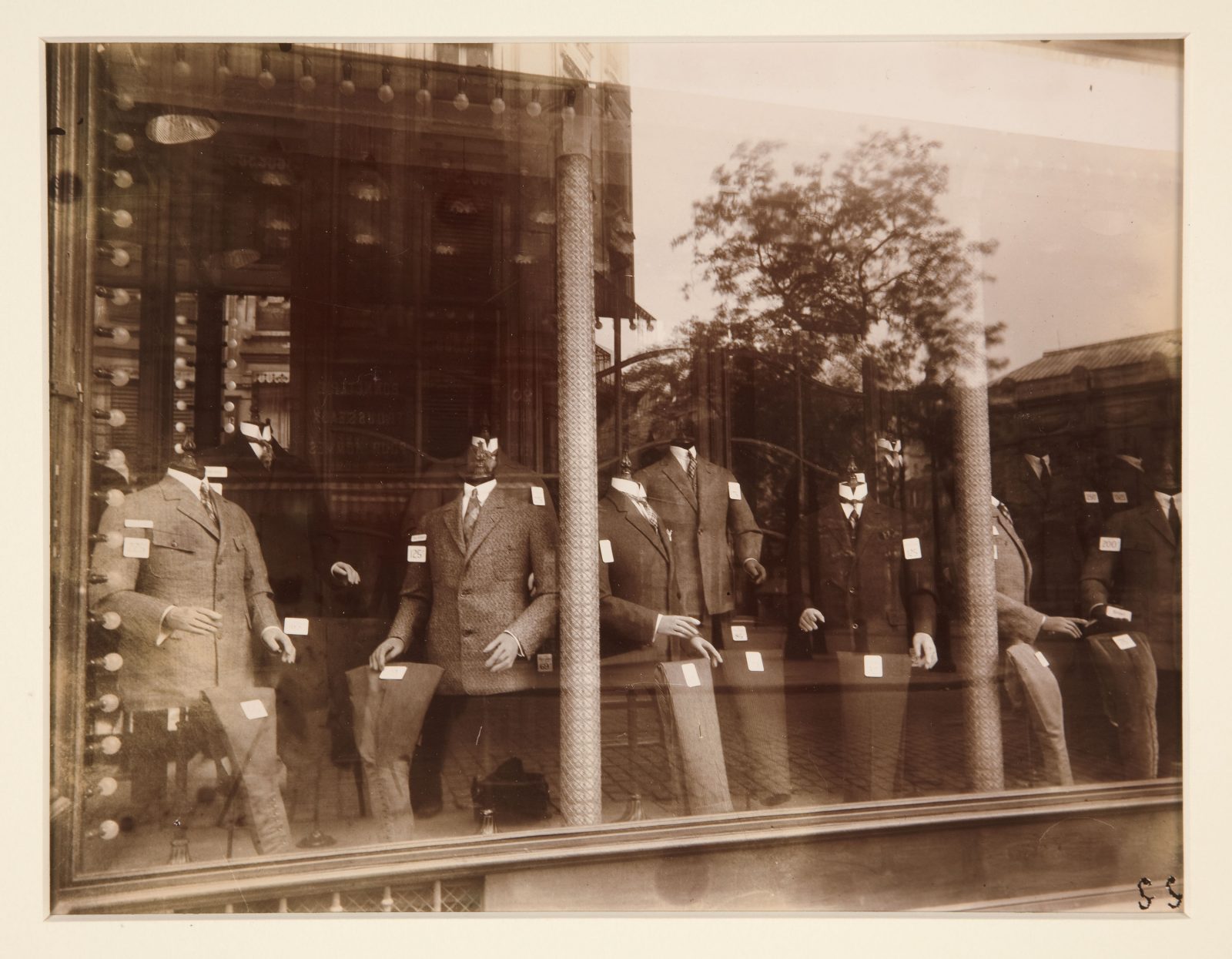A photograph is a unique kind of picture in that it literally draws (on/from) the world, a property that, at its most characteristic, the theorist Siegfried Kracauer identified as 'the redemption of physical reality'.
Not unlike what I would call the ‘work’ that a photograph performs on us, its audience, unconsciously, simply by detailing visually the descriptive power of a lens tuned to at least relative focus. Not much to ask for, of course (although photographers have all kinds of ways of making their pictures so pictorially vague as to essentially fail this elemental test), but, for me, a necessary bar for a camera-produced picture to hurdle before I might consider it ‘good’.
Most photographs, of course, are not ‘good’, even when they count every hair on a dog or brick in a wall. However, it seems to me that it’s precisely in the lens-based tracing of common facts, and our notional helplessness in the face of the resulting, apparent ‘truthfulness’ of the picture constructed from them that we most directly encounter the quality that sets photography apart from any other creative medium, the wellspring that so easily floods us with the sense that, “Yes, there it is, the very thing!” (even as we should recognize that it’s not nearly the thing). And that the most befitting ground – or setting or stage – for this rushing stream of (mediated) ‘truth’ is, as it has been since the invention of photography, the unincorporated, freewheeling ‘street’ beyond our doors, where confusion and concatenation stream together, allowing the photographer at least a chance, a shot, at shedding Blake’s ‘mind-forged manacles’ in favour of Discovery and Imagination (“I invent nothing; I imagine everything”: Brassaï).
Which creates a problem, of course (and a greater and greater one each day, as the tradition of this kind of work is progressively obscured or even lost), for an ambitious photographer who wants to make good photographs. For what part of the picture might s/he take creative responsibility for if, to a contemporary reader, it scans as little more than a moment mechanically captured by a disembodied lens on an anonymous corner? Better to be back in a studio creating imaginary gardens, where the shaping hand is emphatic, and the ideas Jovian, wouldn’t you say? Or designing ‘street pictures’ in such a staged way that the photographer responsible will be effectively thrust forward as a front-and-center picture-manager in conscious charge of the whole creative affair.
And yet, and yet…, until we enter the permanent, plugged-in dream-state that technology seems to be promising us, I must argue, because my experience insists on it, that the base requirement for a ‘good’ photograph is that it retain an irrefutable sense of a meeting, or mating, between a (mind- or, perhaps more accurately, spirit-directed) lens and our daily, physical world—whose objects we might usefully think of as parallel to the common nouns of language that a poet draws his or her language-worlds from. Secondly — and here’s the kicker — that this meeting be recorded in such a way that, as Yeats put it in “Sailing to Byzantium” about a gilded bird, the picture sings ‘of what is past, or passing, or to come’: in other words, that it expresses through its form and seeming litheness of perception and execution what Geoff Dyer calls ‘the ongoing moment’. Exalted requirements, and perhaps a bit vague, I realize. But photographic history is rich enough with examples that it shouldn’t be difficult to understand what I mean (see, among many others, the work of: Atget, Eugene, Cartier-Bresson, Henri; Brassaï; Evans, Walker; Frank, Robert; Winogrand, Garry).
So, yes, I’m speaking about photographic pictures here, but pictures that, for me, are not only ‘good’, but, as an attribute of being good, are something like poems, in that their content finds a heightened, transfigured life within a frame. Transfigured from what? Well, that’s where the world comes in—as uniquely redeemed by photography and our willingness to believe it as testimony. Sly and smiling, the photographer follows.

